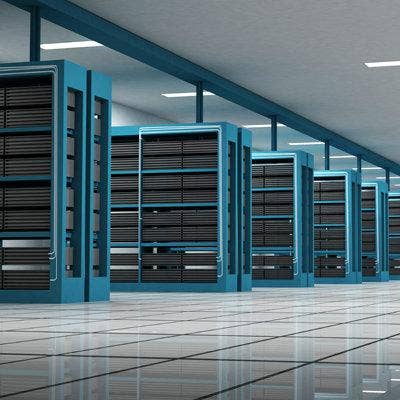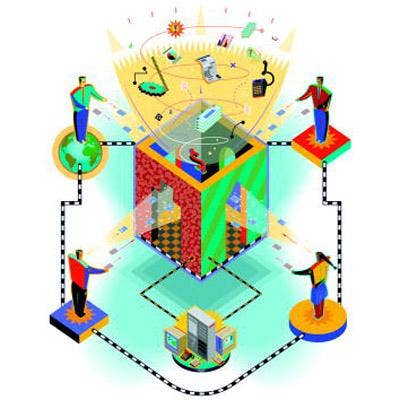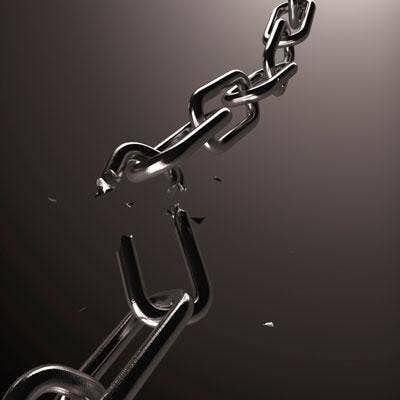10 Most Common Causes Of Web, Mobile App Performance Issues

Mobile Apps: Finding The Performance Holes
One of the key hurdles of the cloud era is getting users comfortable with its reliability, stability and availability. While, for the most part, cloud computing is just as, if not more, reliable than on-premise infrastructure, getting users over that hump can be difficult. And, sometimes, things happen. Web and mobile apps can crash or not perform as they should. And a Web or mobile app issue can grind productivity to a screeching halt.
CRN recently caught up with Tom Lounibos, CEO of SOASTA, which makes CloudTest and CloudTest Mobile, cloud apps that test Web and mobile app performance to ensure they are running full tilt and that cloud environments are performing as advertised, to talk about the most common causes of cloud app performance issues. CloudTest leverages clouds to test the performance of Web and mobile apps to ensure that Web sites and other apps keep up and running. Here are the 10 key causes for app performance issues.

Application Code
Lounibos said application code issues can cause headaches with Web and mobile apps. And, since there's no such thing as perfect code, Web apps can be hampered by inefficient code, synchronization issues, memory leaks, application deadlocks, and a host of other code-based issues that cause trouble.

Database Performance
If the database isn't performing correctly, the app won't either. SOASTA said the database is the core of performance. Some of the common causes of database performance issues include locking and contention; missing indexes and inefficient queries; memory management and connection management trouble; and unmanaged growth of data.

Configuration Settings
If your Web apps aren't properly configured, they won't properly run, says SOASTA. A rule of thumb: "Don't settle for defaults." Configuration settings issues are often the result of not changing out of the box settings and neglecting configuration management. They're also often the result of not adjusting for changes in IT environments and the lack of technology-specific best practices.

Load Balancing
Lack of load balancing or inadequate load balancing can wreak havoc on Web apps. It's important to make sure "everyone pulls their weight," Lounibos and SOASTA recommend. Bad load balancing practices can lead to lack of visibility and under-utilized features and capabilities. It can also be the result of algorithms that aren't optimized and lack of health checking.

Connectivity
It could be connectivity trouble that's causing performance issues with Web applications. Latency between systems, lack of redundancy or failover for critical systems, firewall capacity, varying performance profiles and DNS routing can all lead to connectivity issues if not properly tuned.

Bandwidth
Something as simple as bandwidth can affect how Web and mobile applications perform. Lounibos and SOASTA said sometimes the pipe is just not big enough for the traffic or no attention is paid to the size of rich content. When dealing with Web and mobile apps, it's important to recognize the different connection types and speeds utilized and to understand mobile device and carrier speeds so bandwidth doesn't hamper performance.

Architecture
When it comes to architecture, SOASTA said to "match the car to the engine." You wouldn't run a Mercedes with a Kia engine. Poorly designed architecture can have a massive impact on how Web and mobile apps perform. Architecture issues are often the result of unbalanced tiers, mismatched technology choices, the lack of a scalability path, poor design and bad network configuration.

Third-Party Services
The old saying goes: The chain is only as strong as its weakest link. Well, when it comes to Web and mobile app performance and third party services: You're only as fast as the fastest link. Many sites tie in various components, and if one is a laggard it can bring everything to a screeching halt. SOASTA said to make sure analytics and tracking, payment systems, aggregated content, social networks, CDN performance and other third-party services are up to snuff so performance isn't impacted.

Shared Environments
Cloud computing is built on the premise of shared environments, but it's important to not let your neighbors drag you down. SOASTA warns to "watch out for noisy neighbors." SOASTA cautions to be on the lookout for batch jobs found only in production; busy applications taking away from other apps' capacity; and stolen resource utilization in cloud or virtualized environments.

Culture And Mindset
Culture and mindset can also have an impact on how apps perform. Companies need to determine who owns the performance and who handles issues that arise. Issues can occur when there is no ownership within the SDLC; no domain expertise or commitment of resources; and when there is a lack of tools measuring performance, SOASTA said.